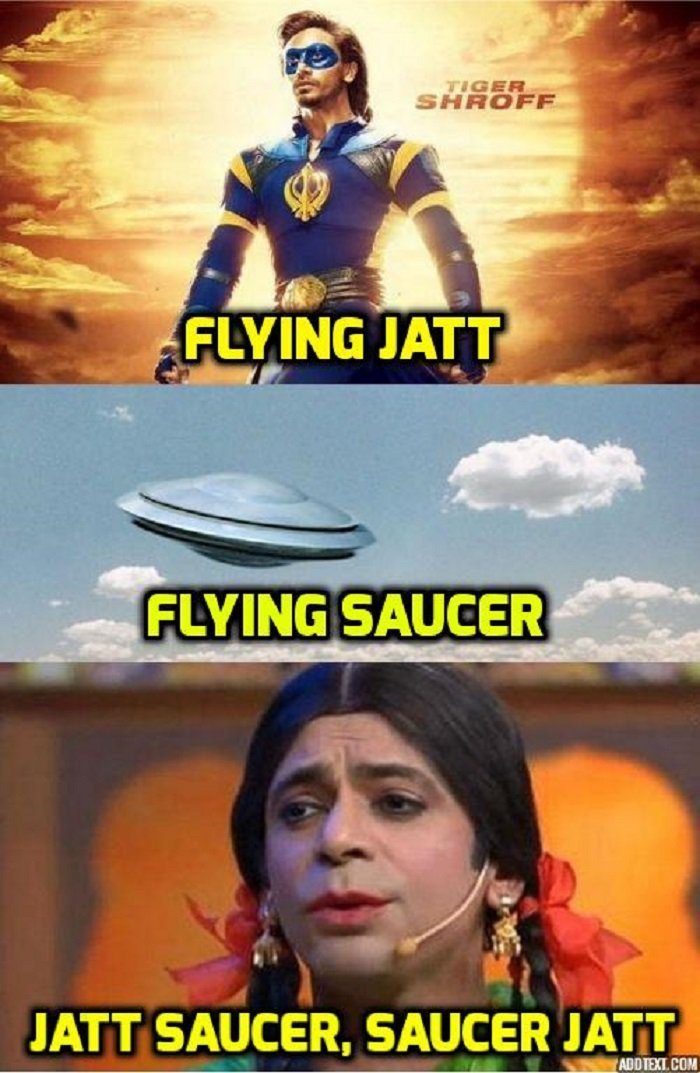Why is the film industry in India so fascinated with superhero narratives? A bold statement can be made that Indian cinema, particularly Bollywood, has embraced the superhero genre as a medium to explore themes of heroism, power, and justice. The fascination extends beyond mere entertainment, delving into cultural aspirations and societal reflections. This exploration of superhero films not only captivates audiences but also mirrors the evolving identity of contemporary Indian society.
India's cinematic landscape is rich with diversity, encompassing various languages and regional identities. Among these, Tamil and Telugu industries have been instrumental in shaping the narrative of action-packed dramas, often incorporating elements of fantasy and science fiction. One such notable example is the movie 'Flying Jatt,' starring Tiger Shroff. Released in 2016, this film stands out for its unique blend of martial arts, stunts, and superhero tropes. It narrates the story of Aman, portrayed by Tiger Shroff, who transforms from an ordinary martial arts instructor into a caped crusader combating evil forces threatening global peace.
| Name | Parichit Paralkar |
|---|---|
| Profession | Production Designer |
| Education | Indian Institute of Architecture |
| Experience | Mad Dock Productions (Jan 2016 - May 2017) |
| Notable Works | RAABTA, Flying Jatt |
The production design of 'Flying Jatt' deserves special mention, thanks to the efforts of Parichit Paralkar, whose work at Mad Dock Productions contributed significantly to the visual appeal of the film. His role involved conceptualizing sets for commercials, feature films, TV shows, and promos, aiming to make a strong artistic statement through his creations. With over 500 connections on LinkedIn, Parichit's professional network reflects his standing within the industry.
Superhero movies like 'Flying Jatt' resonate deeply with audiences due to their ability to combine traditional values with modern storytelling techniques. They offer escapism while addressing pertinent issues such as environmental threats, social injustice, and personal redemption. In 'Flying Jatt,' Aman's journey from an underconfident individual to a confident savior parallels real-life struggles faced by many viewers, making it relatable yet aspirational.
Beyond 'Flying Jatt,' other notable entries in the realm of Indian superhero films include Rajnikanth's 'Robot' series and Hrithik Roshan's 'Krrish.' These films exemplify how directors and producers are increasingly experimenting with special effects, CGI technology, and character development to elevate the standard of local productions. Interestingly, there have been discussions around potential collaborations between different franchises, suggesting a future where characters like Flying Jatt and Krrish could share screen space akin to Marvel's Avengers.
Telugu cinema, known for its robust action sequences and larger-than-life heroes, complements Hindi films in expanding the superhero universe. Movies like 'Sarangapani Jathakam' highlight the genre's popularity across linguistic boundaries, showcasing sub-titled versions to cater to broader demographics. Such inclusivity enhances the reach and impact of these stories, reinforcing their significance in popular culture.
In conclusion, the proliferation of superhero films in India signifies more than just a trend; it represents a shift towards embracing diverse narratives capable of transcending regional barriers. As filmmakers continue pushing creative limits, audiences eagerly anticipate new adventures featuring iconic characters who embody strength, courage, and resilience. Whether set against fantastical backdrops or grounded realities, these tales inspire hope and foster unity among fans worldwide.
Data compiled from box office reports indicate that films collecting minimum revenues of ₹20 crore globally contribute significantly to the industry's growth. Titles released in 2016, including 'Flying Jatt,' underscored the importance of strategic marketing, quality content, and audience engagement. By analyzing trends and feedback, stakeholders aim to refine future projects ensuring they meet rising expectations without compromising authenticity.




